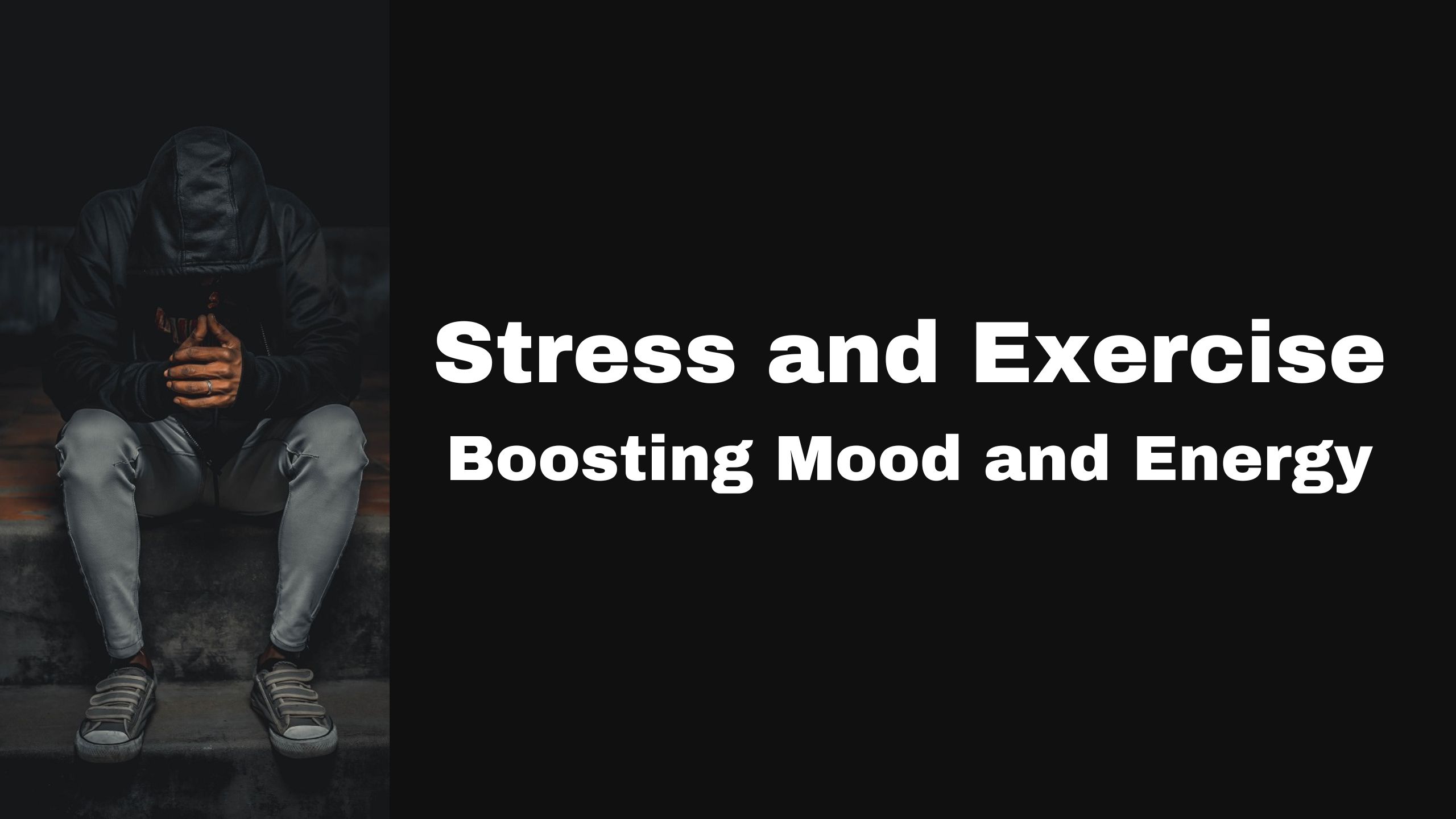Stress and Exercise: Boosting Mood and Energy
Stress is an inevitable part of life, and it can take a toll on our physical and mental well-being.
However, regular exercise is a powerful tool that can help combat stress and improve mood and energy levels.
In this article, we will explore the connection between stress and exercise and discuss how incorporating physical activity into your routine can be a game-changer for managing stress.
The Stress-Exercise Connection
Stress can manifest in various ways, including feelings of anxiety, tension, and low energy. Exercise, on the other hand, has a profound impact on our physical and emotional health. Here’s how the stress-exercise connection works:
Release of Endorphins: Exercise triggers the release of endorphins, which are natural mood lifters. These “feel-good” hormones help reduce stress and boost feelings of well-being.
Stress Hormone Regulation: Physical activity helps regulate the body’s stress hormones, such as cortisol and adrenaline, reducing their negative effects.
Improved Sleep: Regular exercise can improve the quality of sleep, which is crucial for managing stress and maintaining energy levels.
Enhanced Cognitive Function: Exercise enhances cognitive function and focus, making it easier to tackle stressors and solve problems.
Physical Relaxation: Engaging in activities like yoga or stretching can promote physical relaxation, reducing muscle tension associated with stress.
Types of Exercise for Stress Relief
Aerobic Exercise: Activities like jogging, swimming, cycling, and brisk walking increase heart rate and circulation, promoting the release of endorphins.
Strength Training: Building muscle through weightlifting or body weight exercises can enhance overall physical health and reduce stress.
Yoga and Pilates: These practices combine physical movement with mindfulness, helping reduce stress and improve flexibility.
Mindful Movement: Tai chi and qigong focus on slow, deliberate movements and deep breathing, promoting relaxation and stress reduction.
Outdoor Activities: Spending time in nature, whether hiking, gardening, or simply taking a leisurely walk, can have a calming effect.
Incorporating Exercise into Your Routine
Start Small: If you’re new to exercise, begin with short, manageable sessions and gradually increase the duration and intensity over time.
Find Activities You Enjoy: Choose activities you genuinely enjoy to make exercise a sustainable part of your routine.
Set Realistic Goals: Establish achievable fitness goals to stay motivated. These goals can be as simple as walking 30 minutes a day.
Create a Schedule: Set aside dedicated time for exercise in your daily or weekly schedule to ensure consistency.
Mix It Up: Variety in your exercise routine can keep things interesting and prevent boredom.
Exercise with Others: Consider joining a fitness class or exercising with a friend to stay motivated and accountable.
Listen to Your Body: Pay attention to your body’s signals, and don’t overexert yourself. Rest when needed and consult a healthcare professional if you have any concerns.
Conclusion
Exercise is a potent stress management tool that offers numerous physical and emotional benefits.
By incorporating regular physical activity into your routine, you can reduce stress, boost your mood, and increase your energy levels.
Whether it’s aerobic exercise, strength training, yoga, or mindful movement, find activities that you enjoy and make them a consistent part of your life.
Remember that exercise is not just about physical fitness; it’s about enhancing your overall well-being and resilience in the face of stress.

